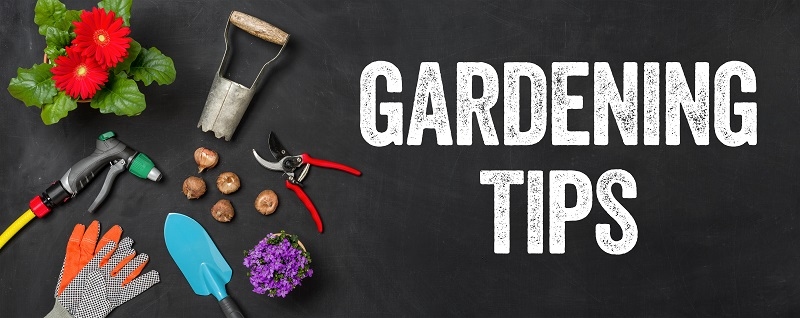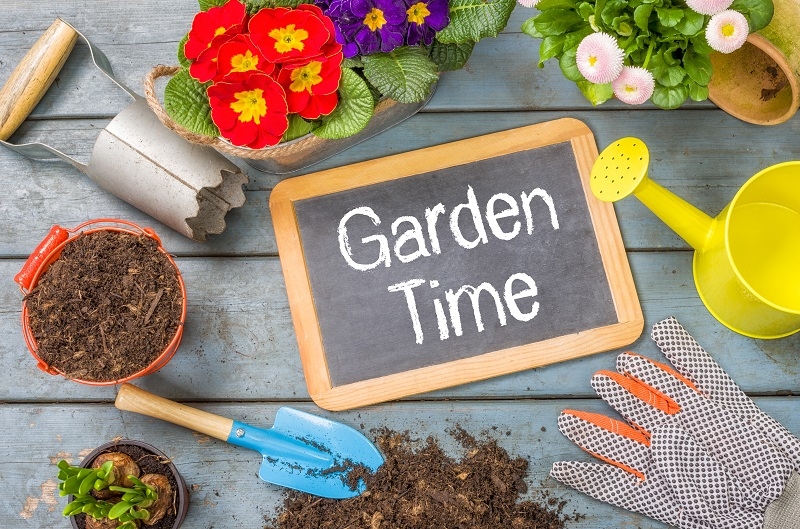
Planting a garden with gorgeous flowers is one of the best methods to add some life, color, and beauty to your home. Flower gardening can be an enjoyable and rewarding experience, but it can be very daunting to a beginner. Even someone who has never planted a flower can do so in a few simple steps and can have a flowering yard that appears warm and refreshing. Here you will be able to find useful and simple flower gardening tips that are simple to follow and will help you to begin your trip as a self-confident beginner.
One has to learn the fundamentals of gardening before planting. Being a novice, you will desire to concentrate on the selection of flowers with minimal care requirements and educating yourself on how to offer them the appropriate environment. These beginner home flower gardening tips will provide you with the basis.
Among the initial tips first first-time flower gardening is to locate the ideal place. Flowers require adequate sunshine. The majority of flowers thrive well when they receive no less than six hours of sunlight a day. Take a stroll around your yard and observe the parts of your yard that get morning or afternoon sunlight. This will make you decide where to plant your flower bed.
Beautiful gardens begin with good soil. To get the tips of beginner flower gardening, never forget to check the soil in your garden. Most beginners will not pay much attention to this step, and yet too sandy or too clay-heavy soil will fail to allow your flowers to grow. Garden centers sell simple soil test kits that you can use to measure the pH.
One should begin with simple flowers that are easy to look after. The flowers that are easy to work with and grow under most conditions include marigolds, sunflowers, zinnias, and pansies. You can start with more basic options and work your way up to more delicate ones.
Once you know where and what to plant, the next step is planning how your garden will look. Careful planning will make your yard not only colorful but also well-organized.
One of the helpful tips for flower gardening is to decide whether you want annuals, perennials, or a mix of both. Annuals bloom for one season but give bright and bold colors. Perennials, on the other hand, come back year after year, offering long-term beauty. Mixing both gives you the benefit of seasonal brightness and lasting blooms.
A flower garden looks more attractive when you arrange plants by height. Tall plants can go at the back, medium ones in the middle, and shorter flowers near the front. This creates a layered effect, making your yard appear fuller and more colorful.
When planning your garden, think about color combinations. Warm colors like red, yellow, and orange bring energy, while cool colors like purple, pink, and blue create a calming effect. You can choose either a bold mix or a soft pastel theme, depending on the look you want.

Before placing your flowers in the ground, you need to prepare the area properly. This step ensures that your flowers get the nutrients and care they need to grow healthy and strong.
Start by removing weeds, rocks, and debris from the garden bed. Weeds compete with flowers for sunlight and nutrients, so it is important to get rid of them before planting.
Adding compost or mulch helps enrich the soil. It keeps the ground moist and gives flowers the nutrition they need. Beginners will find this step simple and highly effective.
You can use a rope or garden hose to outline your flower beds before planting. This makes it easier to stick to your design and ensures your flowers have enough space to grow without crowding.
Planting is the most exciting part of flower gardening. With a few beginner flower gardening tips, you can make this step simple and fun.
Every flower comes with planting instructions. The label tells you how deep to plant, how much space to leave, and how much sun it needs. Always read these labels carefully, especially if it is your first time planting.
After placing your flowers in the soil, water them immediately. This helps settle the soil around the roots and reduces stress on the plant. Proper watering ensures growth and healthy blooms.
Taking care of your flowers after planting is what helps them bloom beautifully. Simple daily habits will keep your yard looking fresh and vibrant.
One of the most popular first-time flower gardening tips is to water in the morning. This allows plants sufficient time to absorb water and then the day's heat. It is advisable not to water the ground at night, because when it is damp, it can cause fungal growth.
Mulch not only helps in keeping the soil moist, but also prevents weeds from reappearing. Better results are obtained by placing a coating of a small amount around the bottom of your flowers.
Pruning is the cutting of older or dead parts of the plant. Deadheading refers to the process of picking off old flowers in order to allow new ones to grow. These are the two basic steps that make flowers grow stronger and endure longer.
All beginners are prone to errors, but since you already know what they are, knowing this makes the difference between time and effort. These beginner home flower garden tips will prevent most problems.
Flower gardening does not necessarily need to be tricky. You can even make any yard a nice and colorful place with these flower gardening tips for beginners. Whether it is selecting the appropriate location or tending to your plants on a seasonal basis, each process will instill in you the conviction as a gardener. Regardless of whether you are attempting first-time flower gardening tips or attempting to find tips on flower gardening to enhance your abilities, the most important thing to remember is that the only way to succeed is through patience and frequent attention.
This content was created by AI